What does a faint line mean on a Covid test?
Covid-19 infections were at their highest level of the year in March as official tracking ended
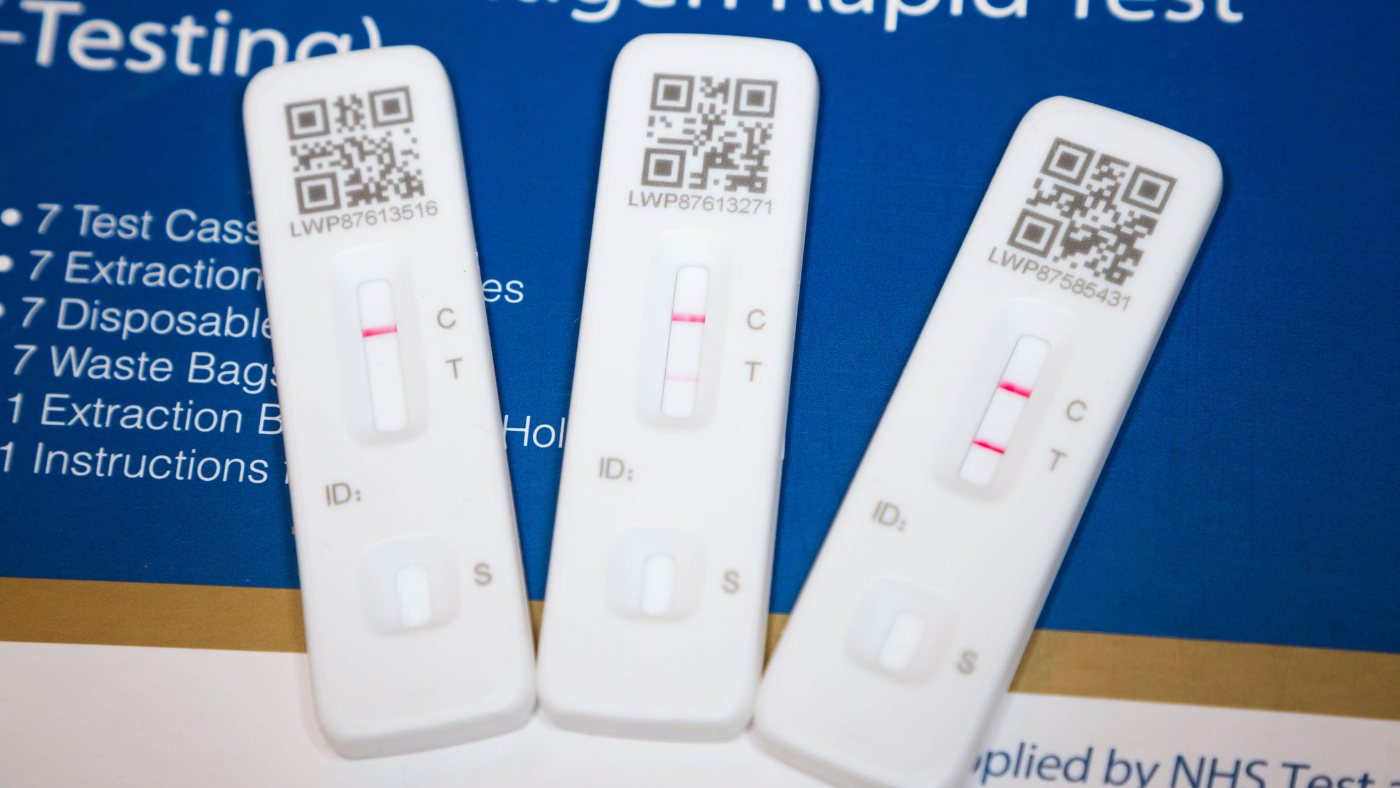
Routine asymptomatic testing across health and social care settings has come to an end this month and the official Covid survey has been axed.
The final Office for National Statistics (ONS) infection report was published last month just as Covid-19 cases in England “climbed to their highest level since the start of the year”, said The Independent.
An estimated 1.5m people in private households in England were likely to have had coronavirus in the week to 13 March, representing the highest total of Covid cases in England since the week to 3 January, when the total stood at around 2.2m, said Sky News.
The Week
Escape your echo chamber. Get the facts behind the news, plus analysis from multiple perspectives.

Sign up for The Week's Free Newsletters
From our morning news briefing to a weekly Good News Newsletter, get the best of The Week delivered directly to your inbox.
From our morning news briefing to a weekly Good News Newsletter, get the best of The Week delivered directly to your inbox.
Trends were less certain in Scotland, Wales and Northern Ireland due to a low number of samples received by the ONS. However, there were “signs the virus is continuing to spread” just as the three-year running infection survey – “dubbed ‘the envy of the world’ due to its success in tracking the virus” – was halted, said the broadcaster.
Nevertheless, with case numbers once again on the rise, many people still want to take a lateral flow test (LFT) before seeing loved ones, especially those who are elderly or vulnerable.
Should people still be taking lateral flows?
Most people are not required to take a test even if they show symptoms of Covid-19, but many still choose to and can buy lateral flow tests online or in pharmacies.
Routine asymptomatic testing for staff and patients in healthcare was mostly paused in August and came to an end on 1 April. However, lateral flow testing will continue in certain areas across the NHS, such as for staff showing symptoms if they work with severely immunosuppressed patients and for all patients being discharged from hospitals into care settings.
A free daily email with the biggest news stories of the day – and the best features from TheWeek.com
LFTs have become part of everyday life for people across the UK as an easy and quick way to detect Covid-19 infections. But as they have become “the first point of call for many concerned Brits”, said the Daily Express, “confusing results” have become “more common” too, owing to variation in the clarity of the lines appearing in the results window.
What does a faint line mean?
After a nasal swab sample is applied to the test, a red line will appear next to the letter “C”, for “control”, if the device is working properly. If the test identifies the presence of the Covid-19 virus in the sample, a second line should appear next to the “T” within the next 15 to 30 minutes.
Although some positive tests show a clear red line next to the “T”, others may be fainter or wobblier. But “if you can see any line at all, you are still highly likely to be infectious”, said science journalist and author Linda Geddes in an article for Gavi, the Vaccine Alliance.
A “faint, slow-to-appear line could still represent high levels of virus”, she said. The intensity of the test line could be “influenced by how much virus you were able to collect on your swab, and where you collected it from (nose or throat), while mutations in Covid variants may further impact test sensitivity and line intensity”.
What are the latest rules for testing?
Free testing for coronavirus has now ended for most people in England and nobody is required by law to self-isolate. If you have symptoms of Covid-19 or have tested positive, the government advises that you “should try to stay at home”.
The NHS suggests this should be for three days after a positive test for under-18s and five days for adults. The health service advises people with Covid to avoid meeting anyone who could become seriously ill from the disease for at least ten days after the initial positive test.
Why is the infection survey ending?
In line with the “changing path” of the coronavirus pandemic, the UK Health Security Agency (UKHSA) is reviewing its “approach to Covid-19 surveillance”, says a message on the ONS site.
Oxford University virologist Professor Aris Katzourakis called the decision “incomprehensible” and warned that the UK could be “fighting blind” against Covid in the absence of regular updates.
“It’s been a model for the world to emulate. The ONS survey has been so useful in knowing exactly what’s happening, how concerned to be, and whether a policy response is required,” he told The Independent.
But Professor Azeem Majeed, head of the Department of Primary Care & Public Health at Imperial College London, told the paper that its cost was taking away funds from other public sector needs.
“We don’t measure other infections like tuberculosis and flu, so what the government is saying is treat Covid like other infections,” said Majeed. “The NHS is under a lot of pressure, and so is public spending, so money spent on the survey could be spent elsewhere.”
He added that he was not “massively concerned” so long as there were other measures in place to track Covid in a similar way as other infections are tracked.
Any further monitoring of the virus is due to be announced after the review to ensure it is “cost effective”.
-
 ‘Stakeknife’: MI5’s man inside the IRA
‘Stakeknife’: MI5’s man inside the IRAThe Explainer Freddie Scappaticci, implicated in 14 murders and 15 abductions during the Troubles, ‘probably cost more lives than he saved’, investigation claims
-
 The UK’s best Christmas pantos
The UK’s best Christmas pantosThe Week Recommends Dive into the festive cheer, even into the new year, with some traditional favourites and modern twists
-
 The longevity economy is booming as people live longer
The longevity economy is booming as people live longerThe Explainer The sector is projected to reach $27 trillion by 2030
-
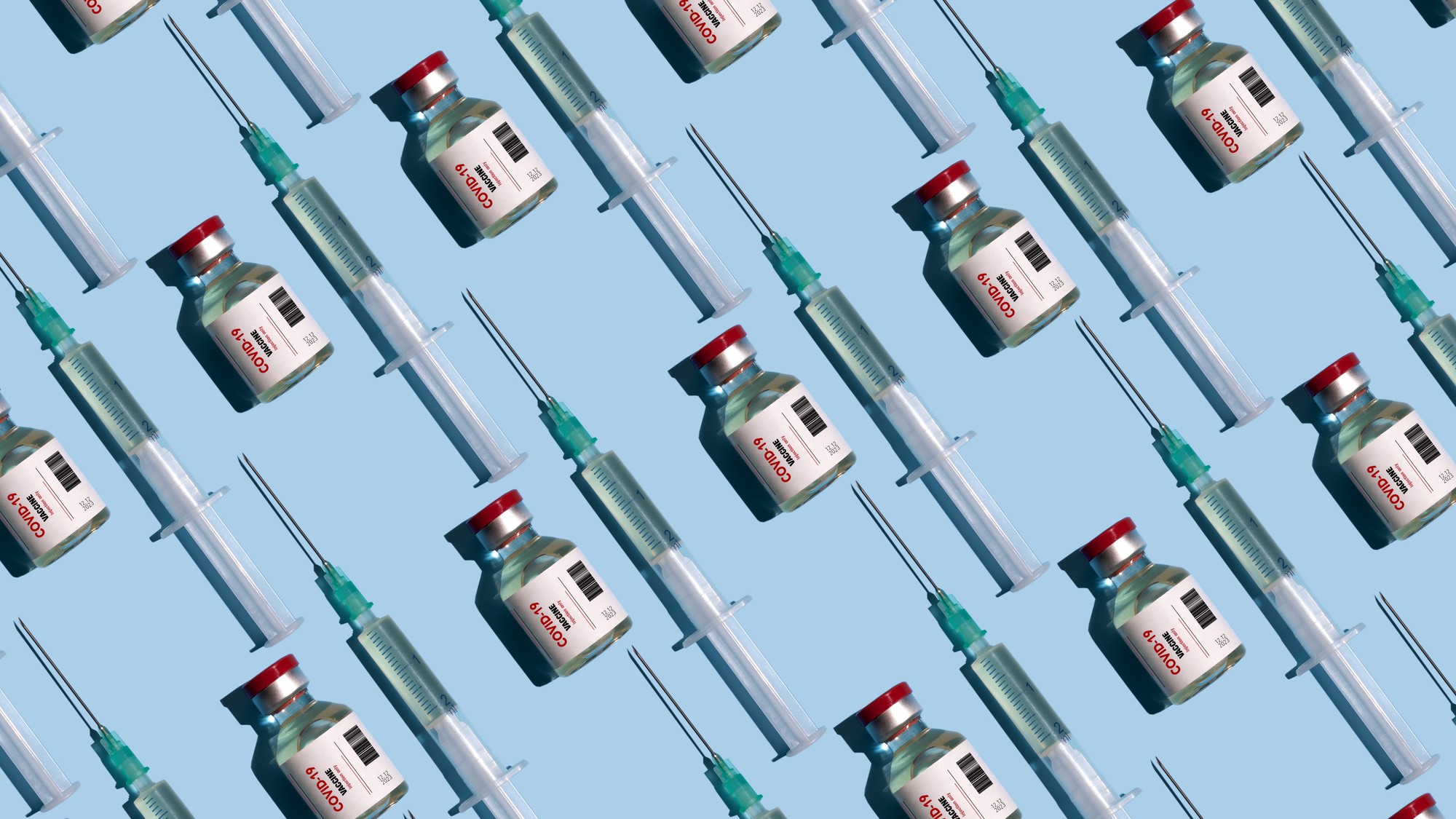 Covid-19 mRNA vaccines could help fight cancer
Covid-19 mRNA vaccines could help fight cancerUnder the radar They boost the immune system
-
 The new Stratus Covid strain – and why it’s on the rise
The new Stratus Covid strain – and why it’s on the riseThe Explainer ‘No evidence’ new variant is more dangerous or that vaccines won’t work against it, say UK health experts
-
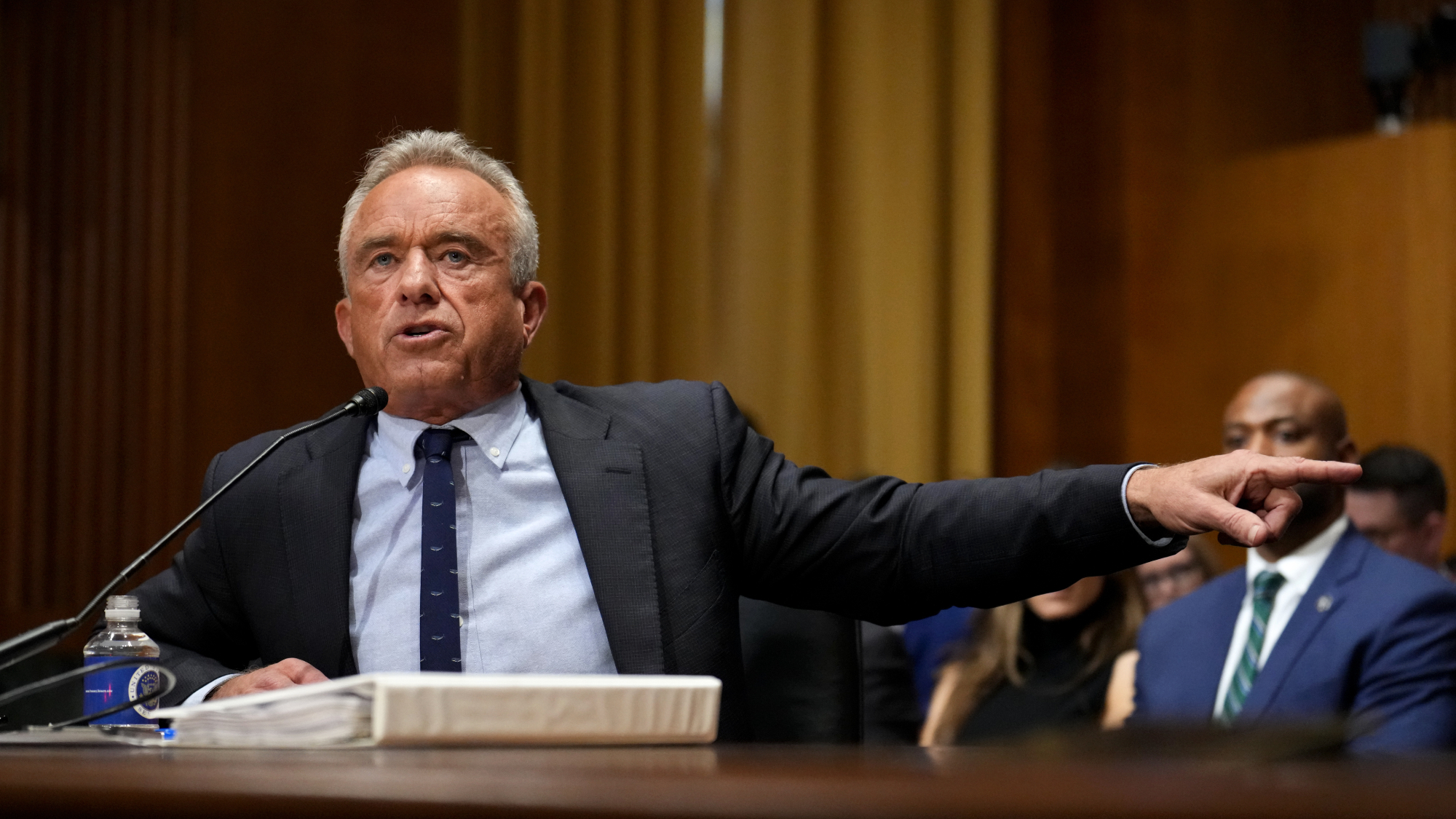 RFK Jr. vaccine panel advises restricting MMRV shot
RFK Jr. vaccine panel advises restricting MMRV shotSpeed Read The committee voted to restrict access to a childhood vaccine against chickenpox
-
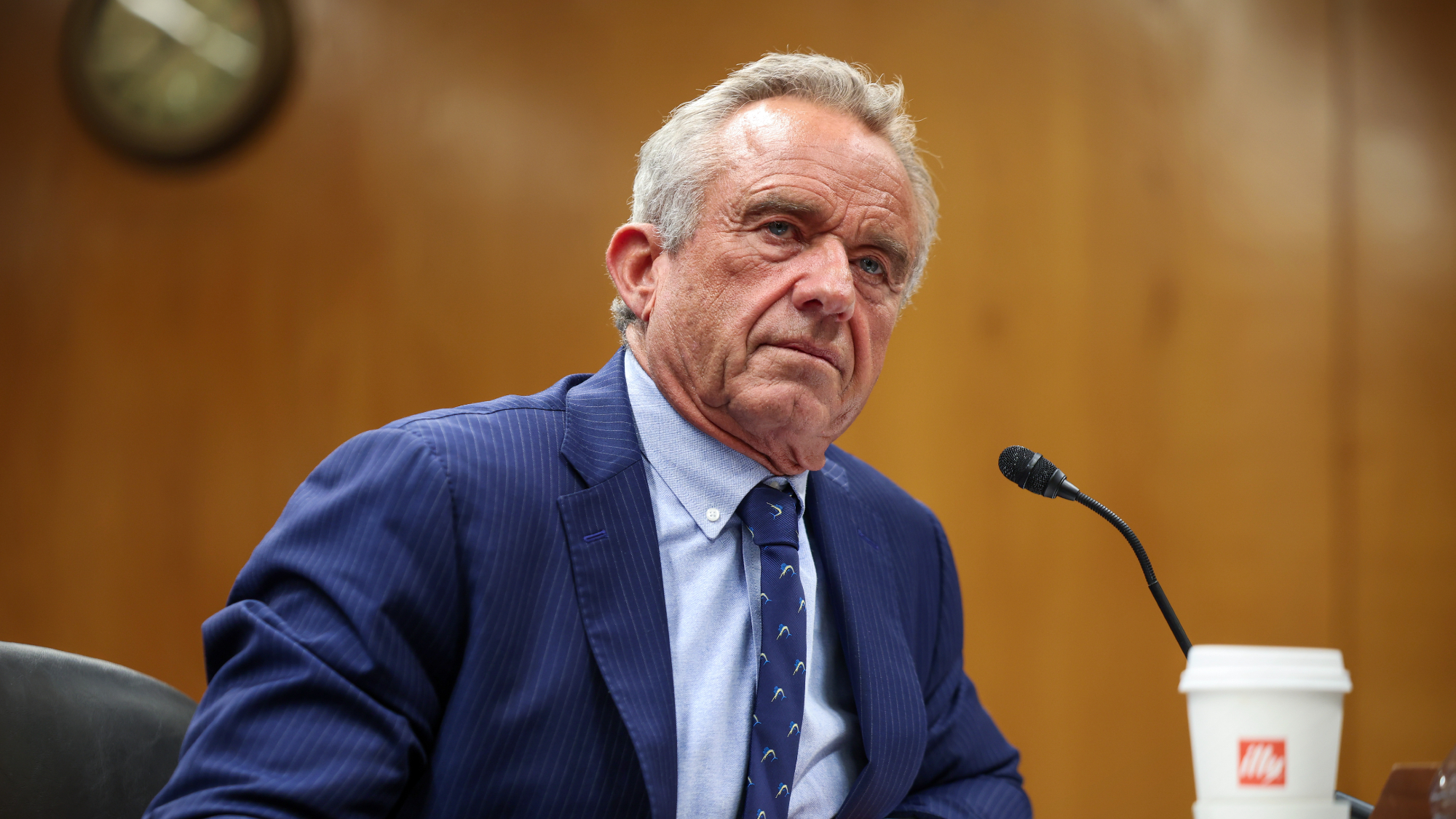 RFK Jr. scraps Covid shots for pregnant women, kids
RFK Jr. scraps Covid shots for pregnant women, kidsSpeed Read The Health Secretary announced a policy change without informing CDC officials
-
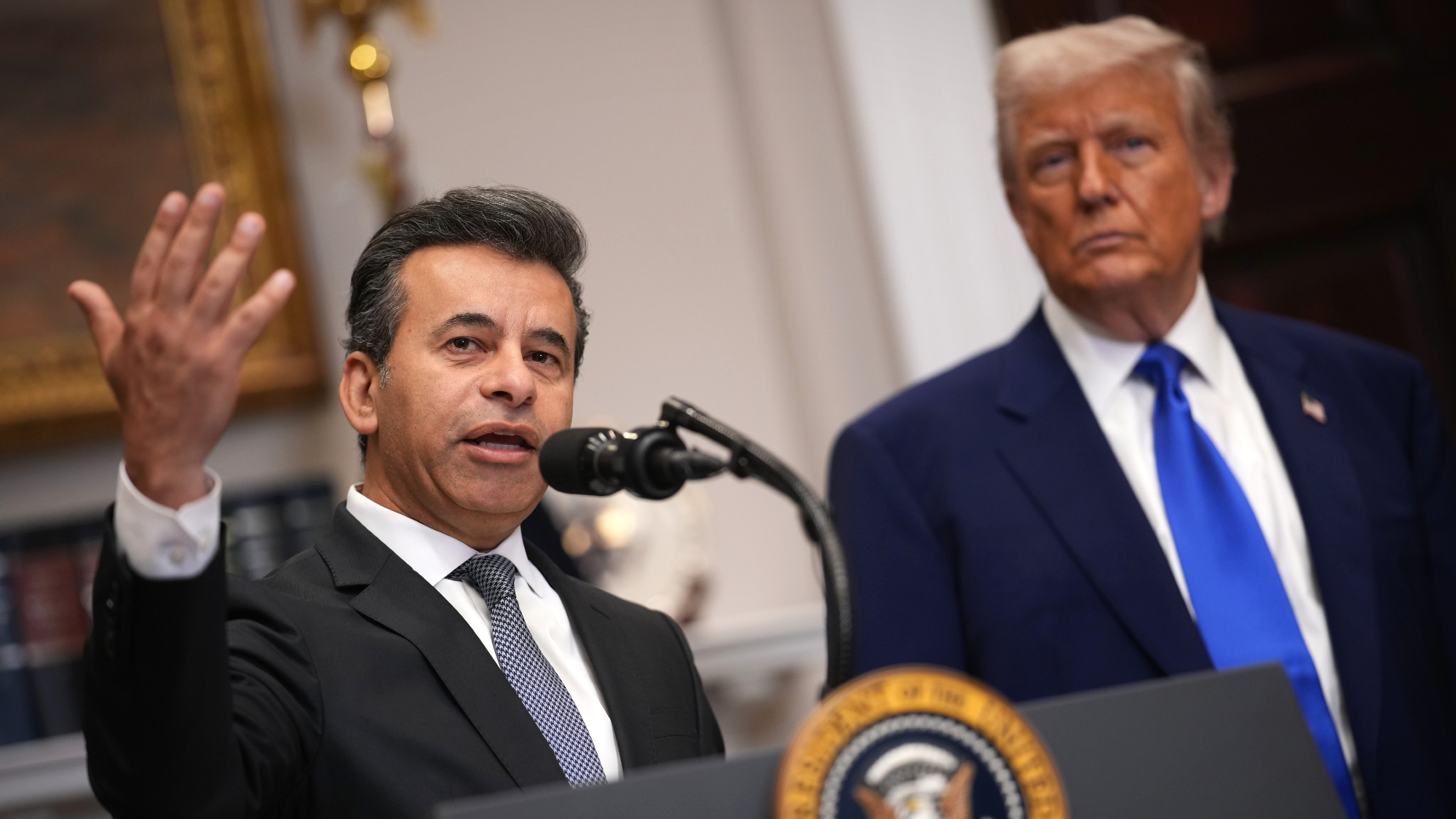 New FDA chiefs limit Covid-19 shots to elderly, sick
New FDA chiefs limit Covid-19 shots to elderly, sickspeed read The FDA set stricter approval standards for booster shots
-
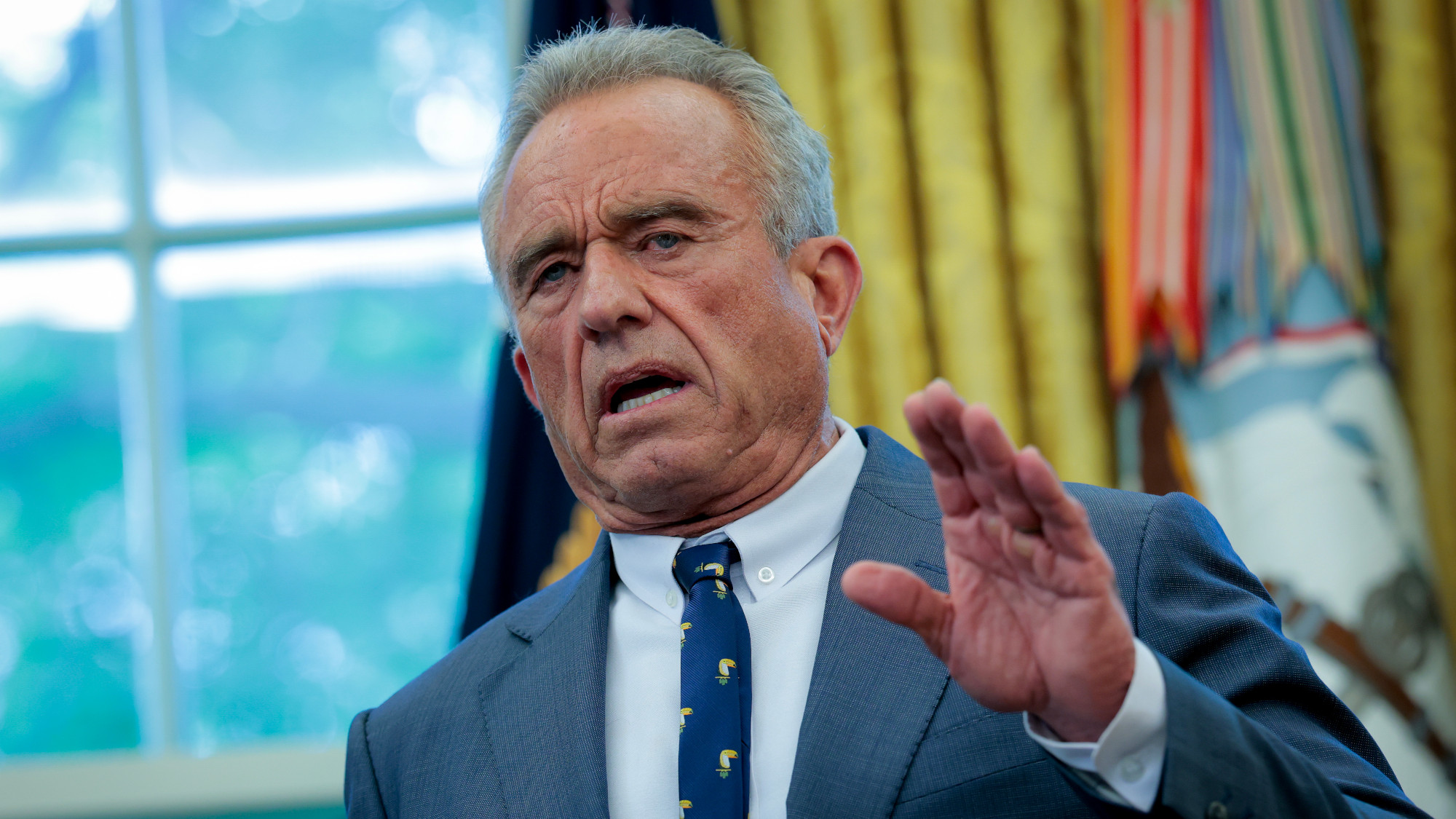 RFK Jr.: A new plan for sabotaging vaccines
RFK Jr.: A new plan for sabotaging vaccinesFeature The Health Secretary announced changes to vaccine testing and asks Americans to 'do your own research'
-
 Five years on: How Covid changed everything
Five years on: How Covid changed everythingFeature We seem to have collectively forgotten Covid’s horrors, but they have completely reshaped politics
-
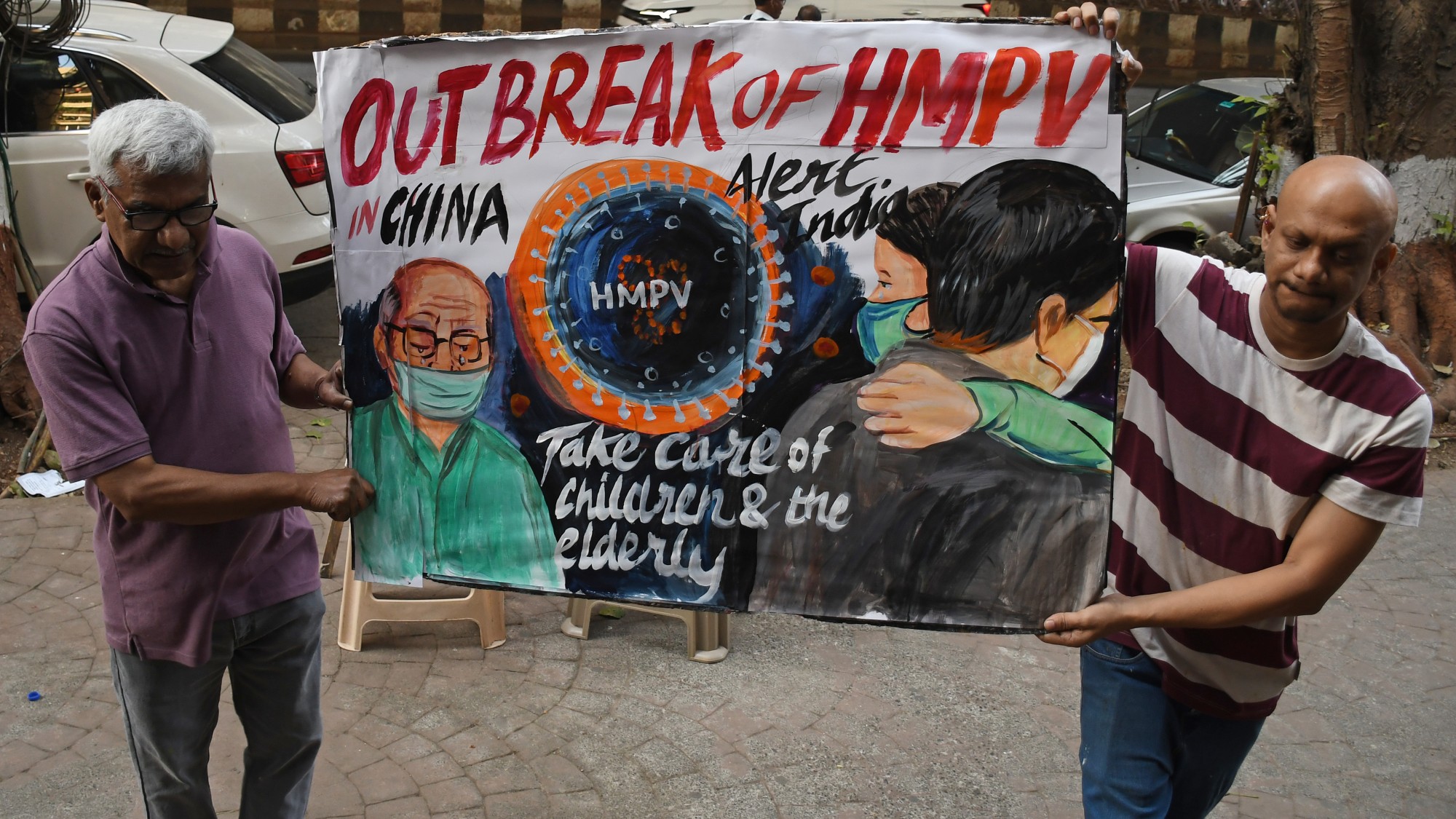 HMPV is spreading in China but there's no need to worry
HMPV is spreading in China but there's no need to worryThe Explainer Respiratory illness is common in winter